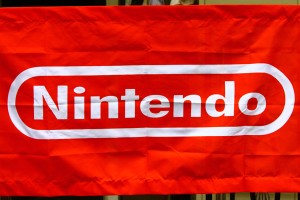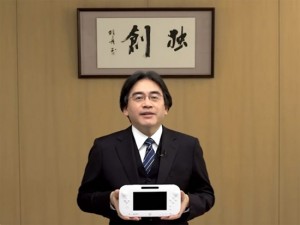Nintendo’s recent announcement of their dismal third-quarter results should have surprised nobody. Although Nintendo was able to post a profitable third quarter, they revealed that they still were fifteen million dollars in the red for the current fiscal year. Nintendo also used this announcement to do yet another unsurprising thing, they slashed the projected sales numbers for both the Wii U and the 3DS. The announcement of these results kicked off what now seems to be a quarterly tradition, declaring Nintendo to be doomed. Part of this celebration is the wishful thinking that Nintendo will go the route of Sega and give up making hardware and only focus on software.
Although Nintendo’s poor performance is a recent development, it can be argued that they were laying the foundation for it way back during the Wii’s development. The Wii, although extremely successful in terms of sales numbers, was a good sign that Nintendo was out of touch with its rivals. The motion controls for the Wii were Nintendo’s attempt to show how different they were from their competition, but lost on Nintendo was the fact that the 360 and PS3 were more focused on hardware power. The Wii’s success meant that it had tons of third-party support, but the weaker hardware and wonky controls led to many ports being heavily altered so that they would work on the console.
The Wii’s initial success disillusioned Nintendo into assuming that they were on the right track. Once the casuals cooled on the Wii, Nintendo announced the Wii U, hoping that they would be able to rope the same crowd right back in. Nintendo must have known that motion controls were played out and turned towards the tablet market, but Nintendo botched the announcement in an epic fashion, confusing many people into thinking the Wii U was merely a tablet-based peripheral for the Wii. Lightning has yet to strike twice for Nintendo, tablet sales from giants like Samsung and Apple soar while the Wii U has largely failed to catch on outside of fanboys. The Wii U’s lacking sales and lacking hardware have contributed to many third-party developers abandoning the system. Nintendo has never been too concerned with third-party support but being almost completely ignored by these developers has to sting a bit.
The Wii’s success, as well as Nintendo’s domination with its handhelds, has eased the pain of the Wii U’s failure. Thanks to good asset management, Nintendo has built a mountain of cash on hand. The fifteen million dollar loss that Nintendo has made thus far this fiscal year is a drop in the bucket. Many have pointed to Sega during the Dreamcast era as a good comparison to Nintendo, but I do not see it yet. Sega was hemorrhaging money during the Dreamcast years, posting a loss for three straight fiscal year, culminating in a loss of $388 million for the 2001 fiscal year. Sega became desperate as the losses mounted and tried to get back in the black by slashing prices and offering cash rebates for the Dreamcast. Less than two years after its release, Sega discontinued production on the Dreamcast, in large part due to the mounting losses.
As much as fans of the other consoles beg for it, Nintendo will not be going the Sega route anytime soon. Still, Nintendo must learn from their mistakes. Last year should have been the year Nintendo pulled out all the stops for their flagship console, but instead they used the first nine months only talking about how great their holiday line-up was going to be. Even with hyping their holiday game selection, Nintendo still got outshined by the new hardware their rivals put out. Now, Nintendo must do what it can with the Wii U until they are ready to release a new console. They probably will be playing catch up the entire generation, but a few good business moves can at least keep them in the black. Although Nintendo has lost support from many of the bigger third-party developers, they should still strive to work out deals like they have with Capcom for the Monster Hunter series. These types of deals could keep the Wii U stocked with third-party exclusives, a rarity in today’s industry.
The Wii U is neither Nintendo’s first nor last hardware failure. They are in a good enough financial position that they can let the Wii U live out its lifespan as originally intended. The Wii U should serve as an evolution period for Nintendo, a time for them to try out new things without fear. Nintendo has a certain flair to succeeding with new ideas, but the Iwata era has focused more on playing things safe rather than going with untested ideas. Still, it will take a string of failures for Nintendo to even begin entertaining the idea to leave the hardware industry, and even then it might just be that they focus on handhelds only.

